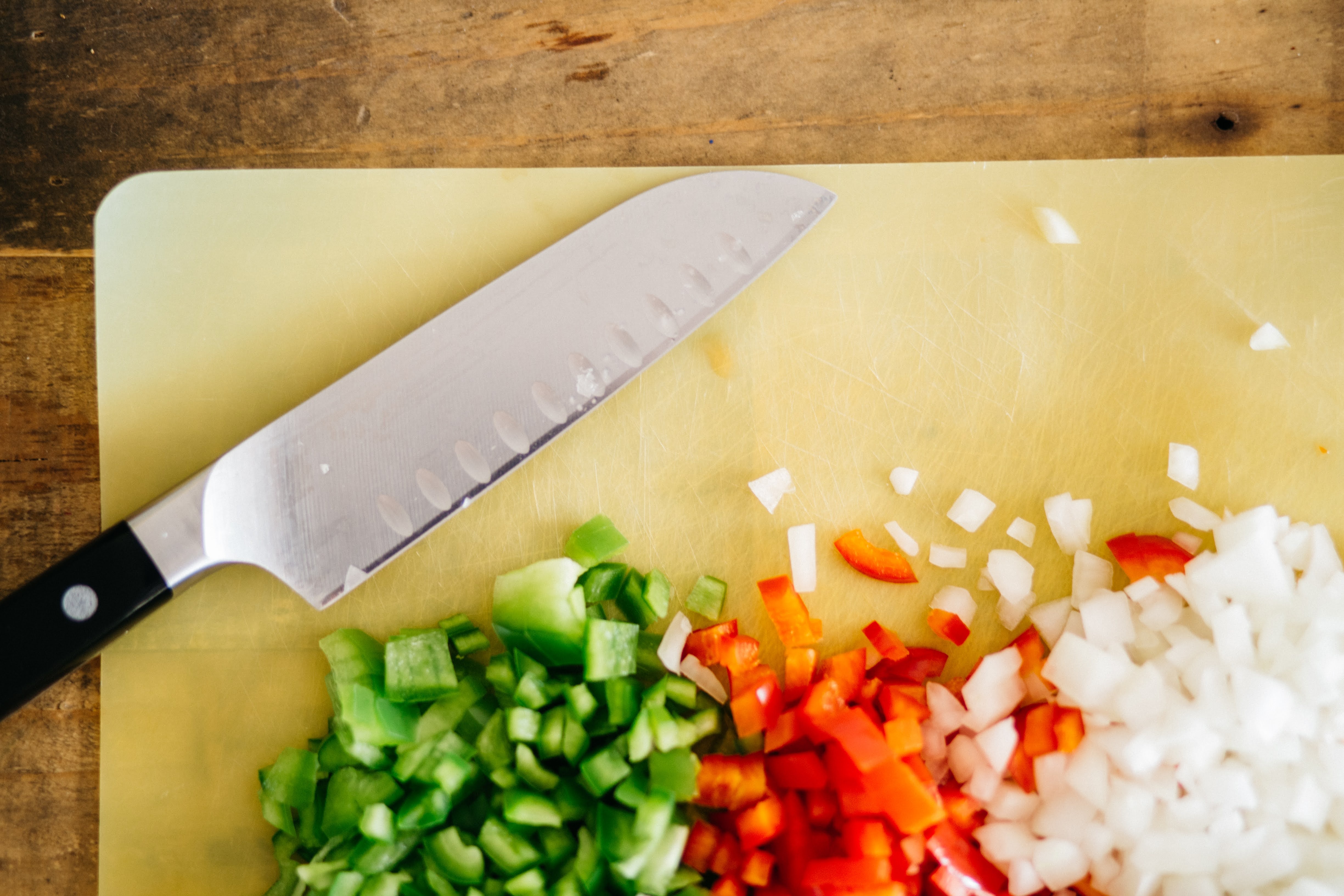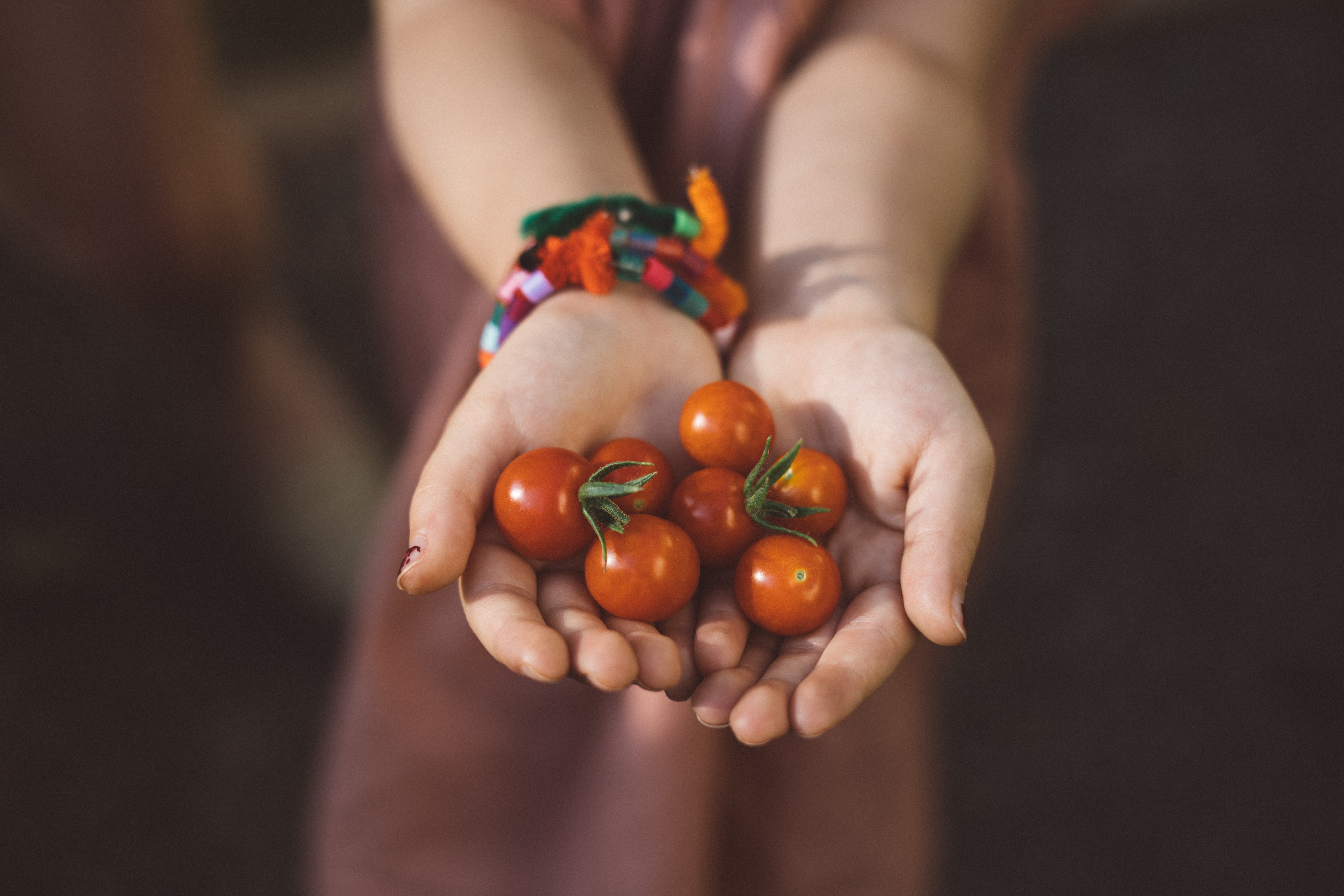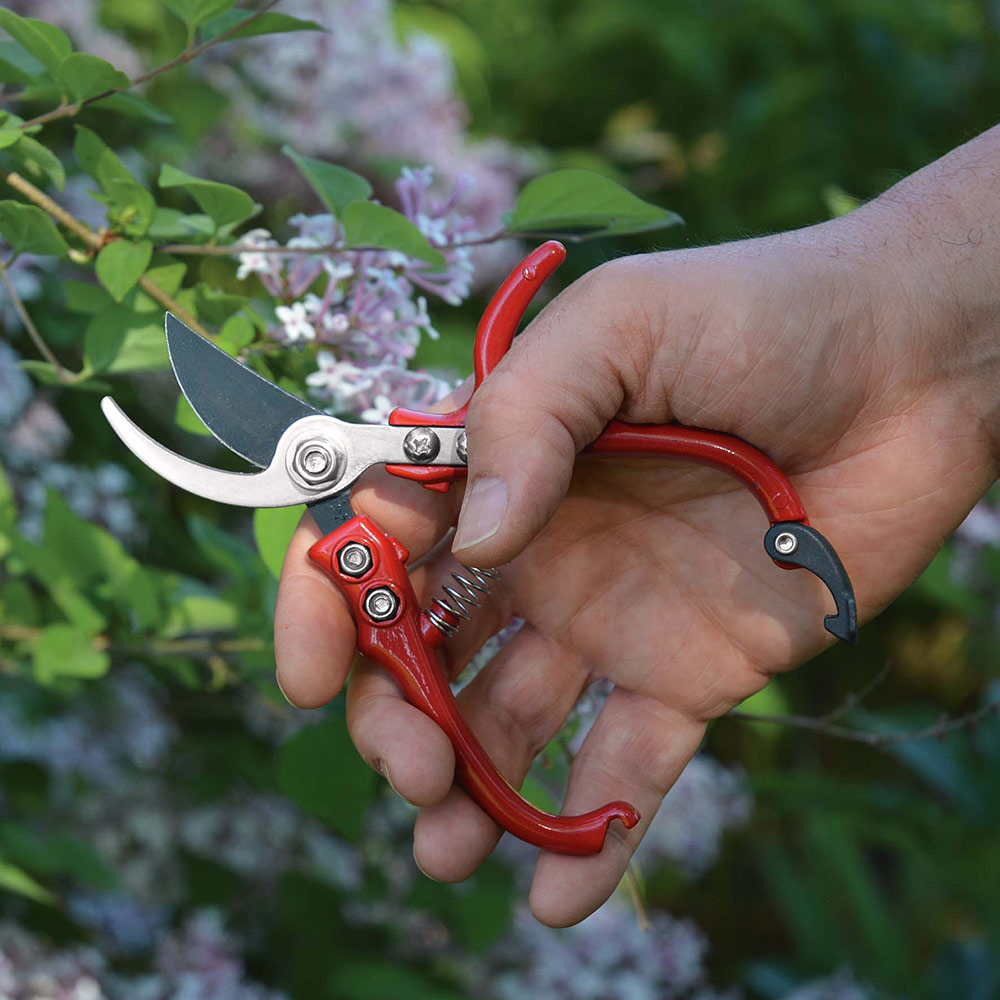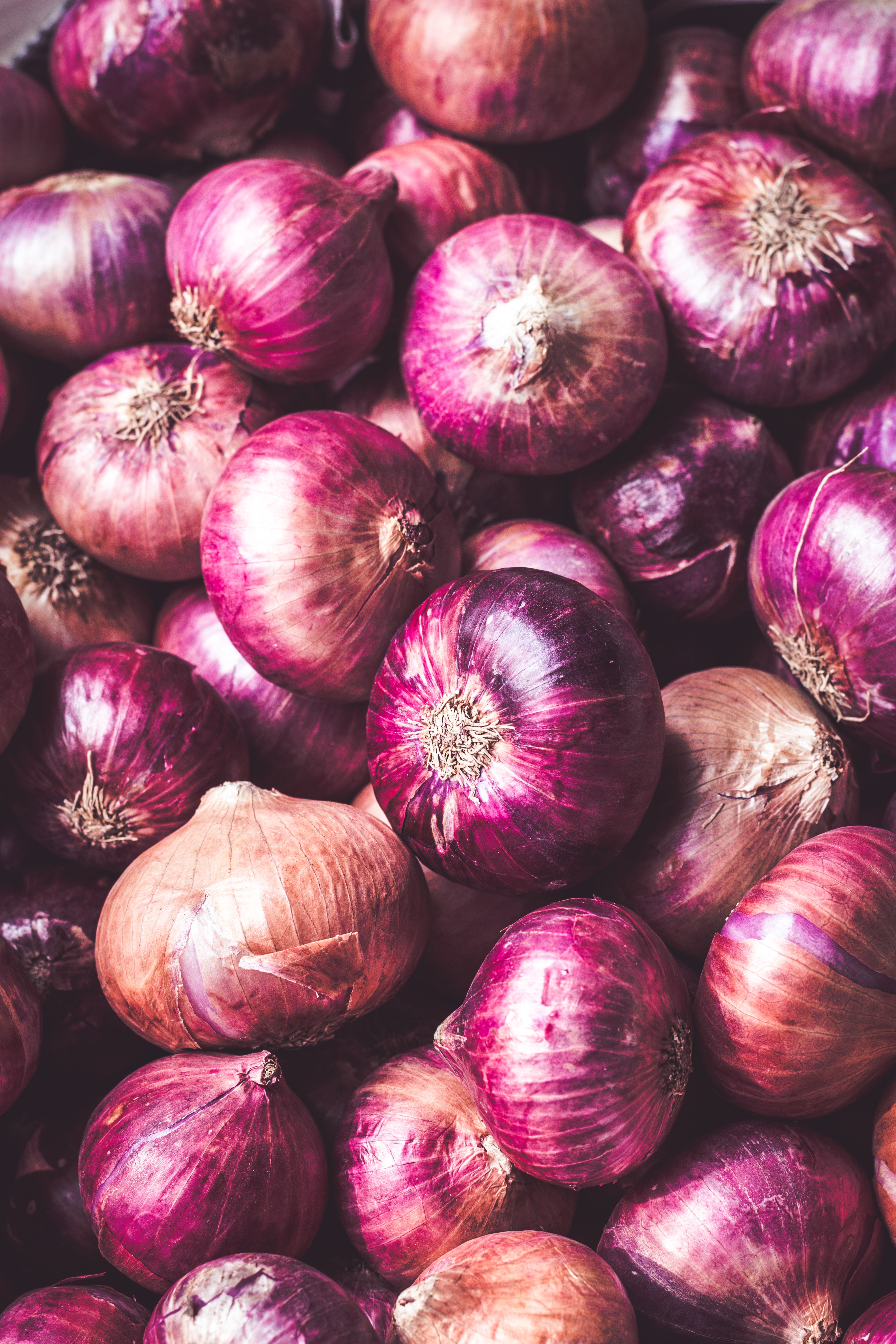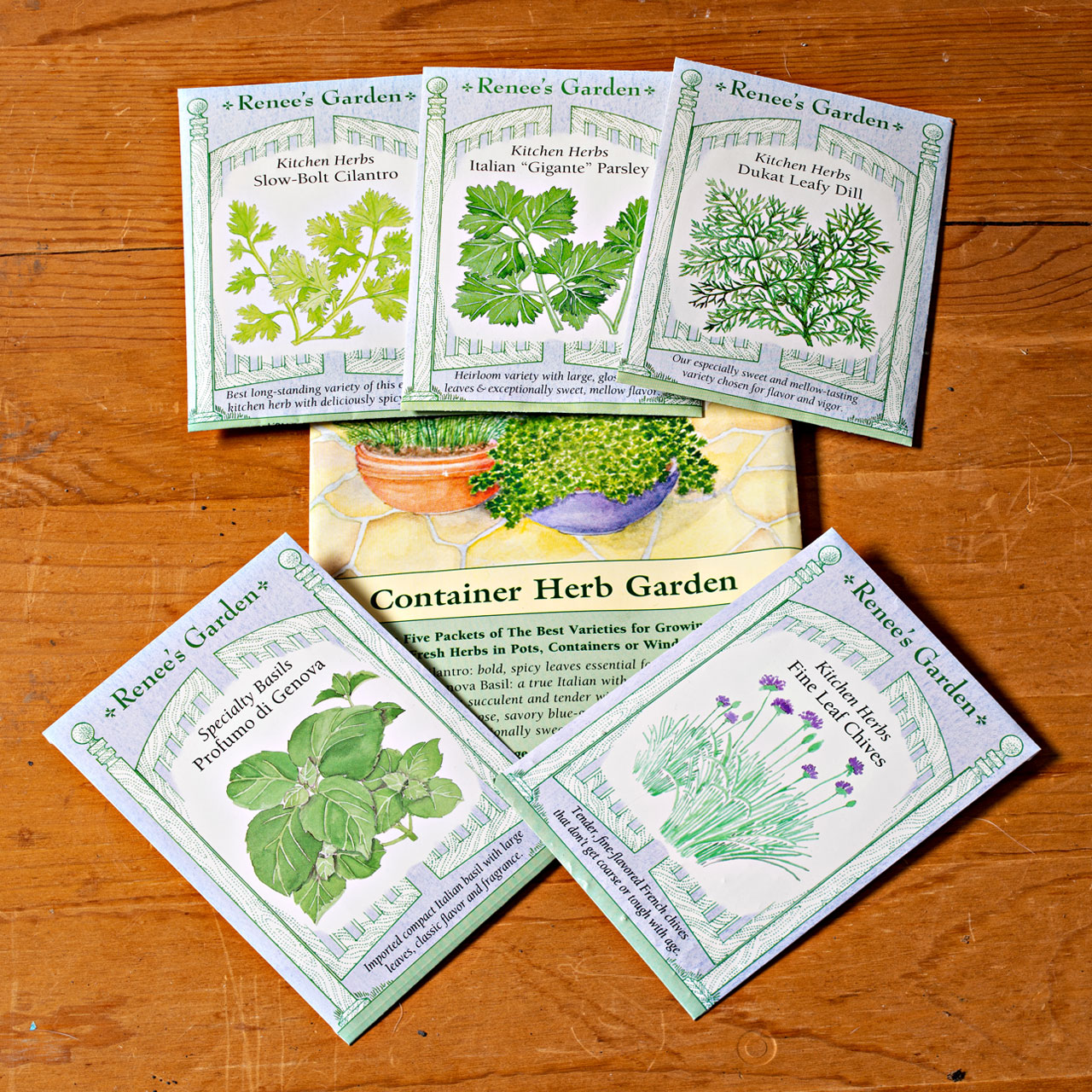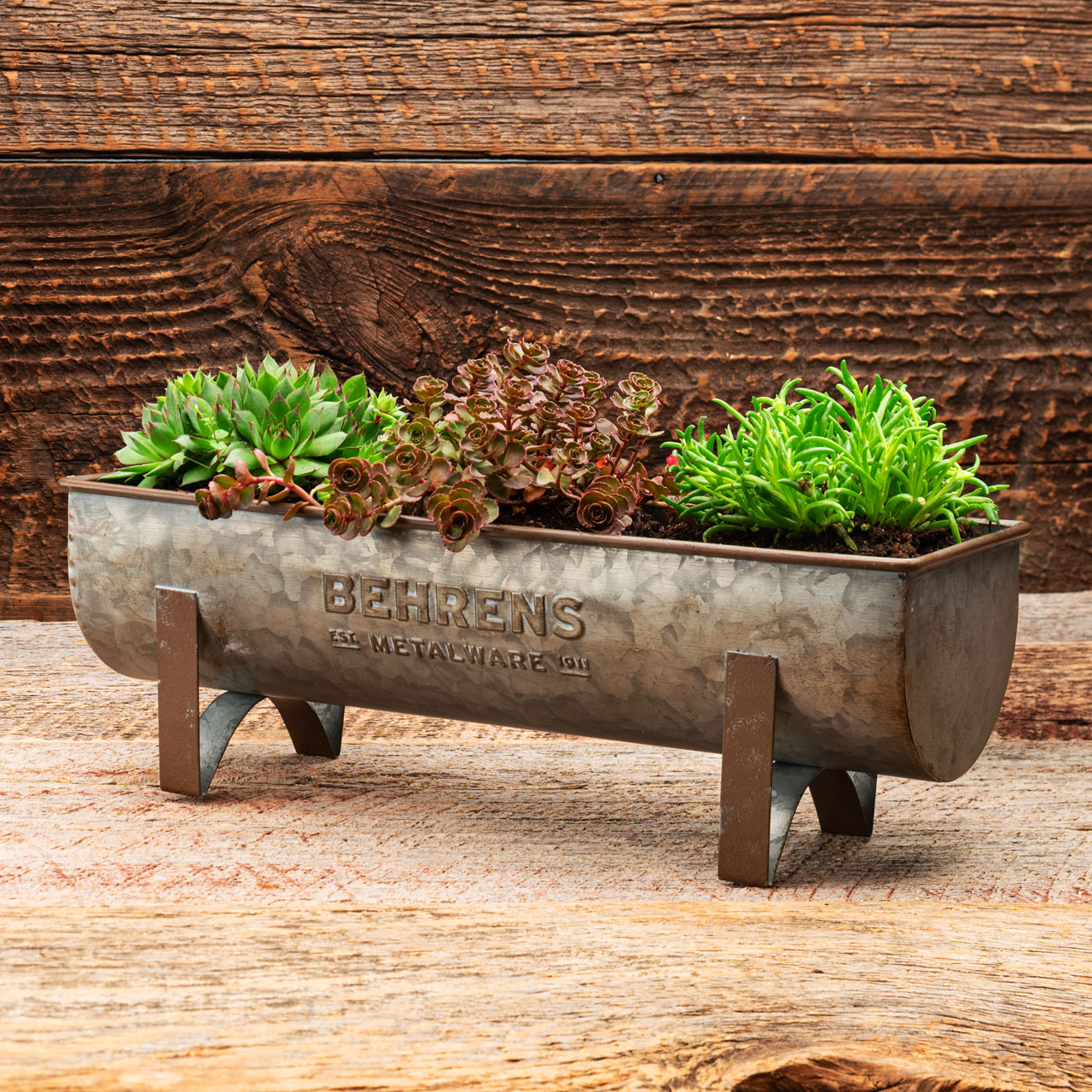Here’s what you need to know.
Site Selection and Planning
Salsa plants are sun-loving plants. You’ll need an area about four feet by four feet that gets enough direct sun—eight hours a day. The soil should be well draining and amended with organic matter, but don’t go overboard with nitrogen (this will lead to more leaves and less fruit on your tomatoes and peppers).
You’ll be growing plants of different heights, so you’ll want to locate the tallest—the tomatoes—in the back or the center of the bed. Figure out what angle your sunlight is coming from, where the shadows will be cast, and site your plants accordingly.
Tomatoes
Summer is for tomatoes, and so is salsa. While you can make salsa with any ripe tomato, there are certain cultivars that are better suited to the task. Any paste-type tomato will give you a good amount of flesh and not too many seeds—try Juliet, Roma, San Marzano, or Amish paste. Indeterminate types of tomatoes will allow for an ongoing harvest (though they must be staked and supported). A determinate type of tomato will give a large harvest all at once (those are better grown with tomato cages). If you want to make large batches of salsa—for canning, or for a particular event—you might prefer determinate tomatoes.
If you start early enough in the year, you can grow tomatoes from seed (begin six weeks before you last frost date). But in late spring and summer, you’ll need to buy starts from the nursery or garden store. The later in the season it is, the larger a plant you’ll want to buy. In early May, it’s fine to buy a four-inch seedling, but by late June or early July, go for a full-sized plant so you don’t miss the season. Plant your tomatoes 18-24 inches apart, adding a bit of fertilizer and bone meal to each planting hole, and give each about one inch of water a week.

